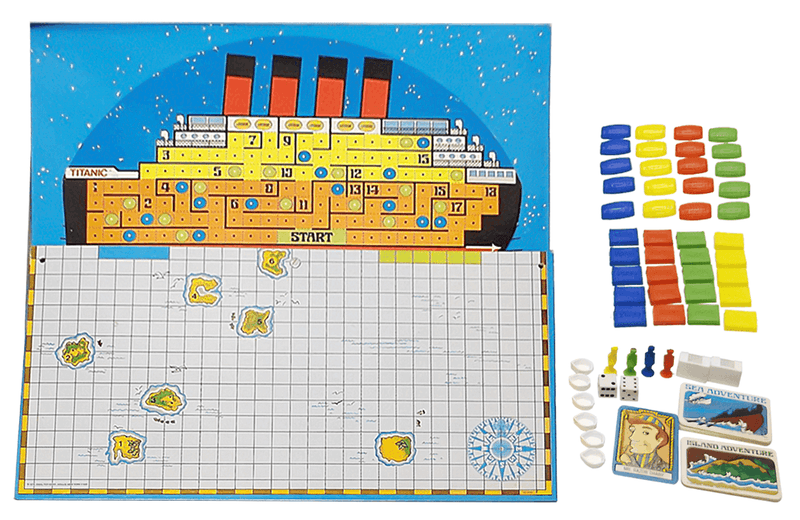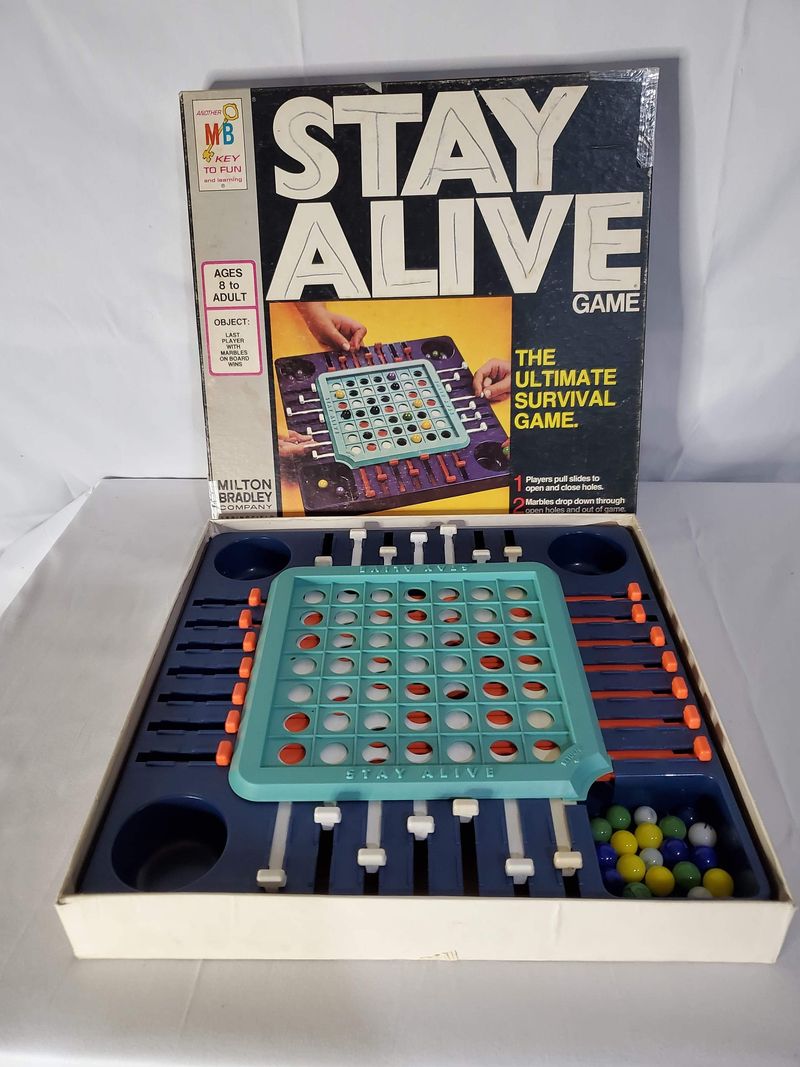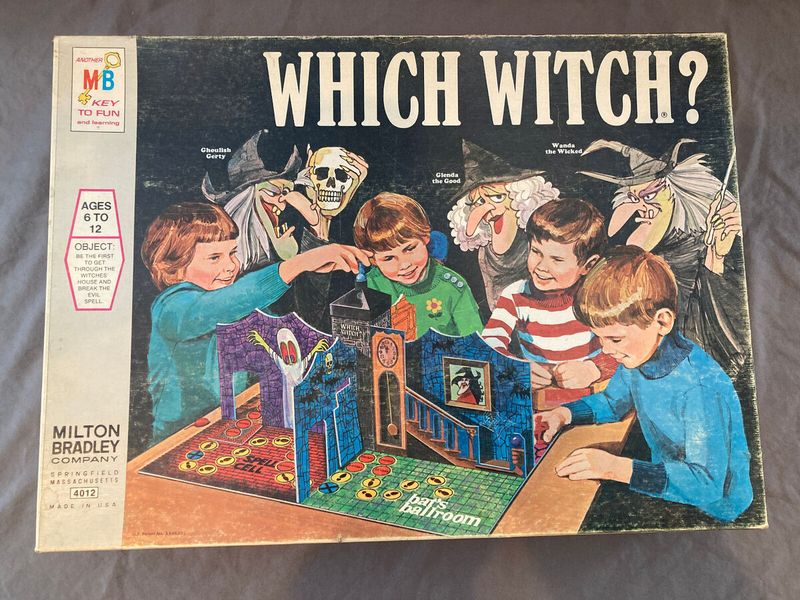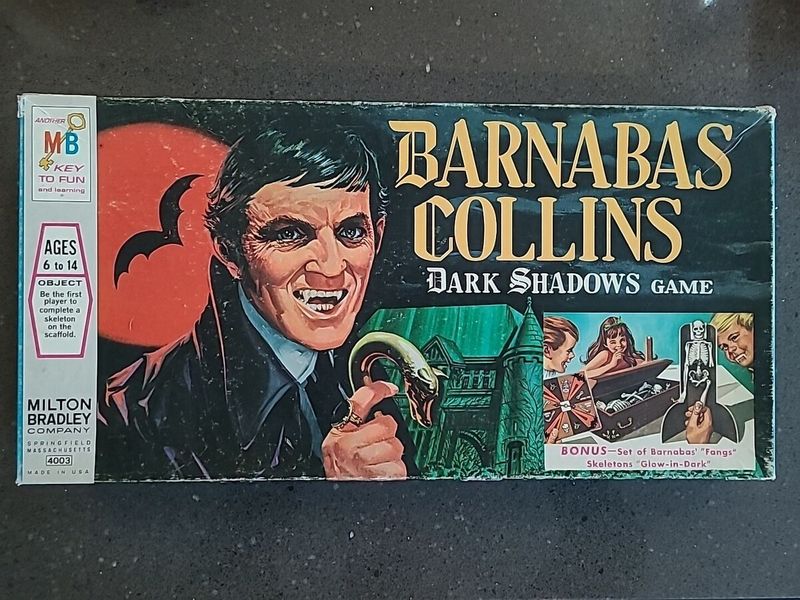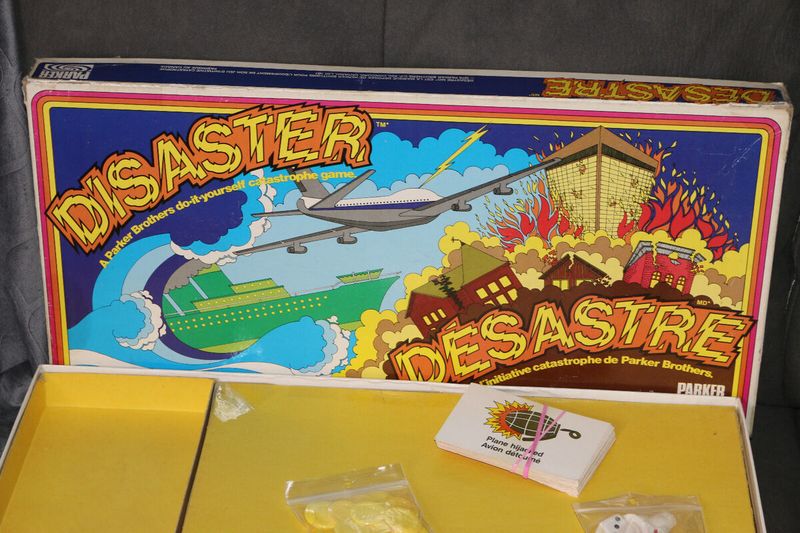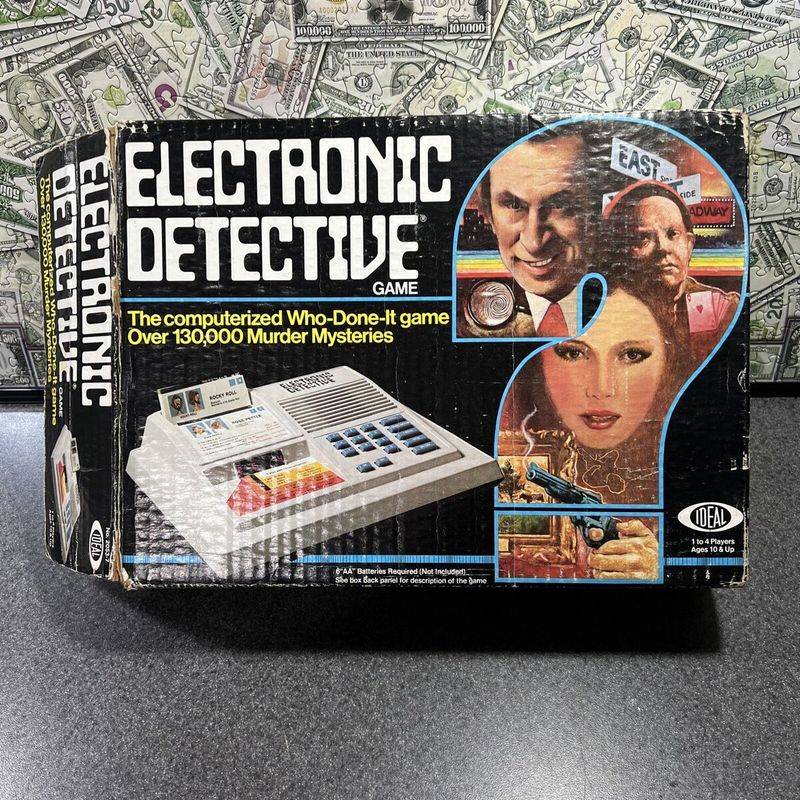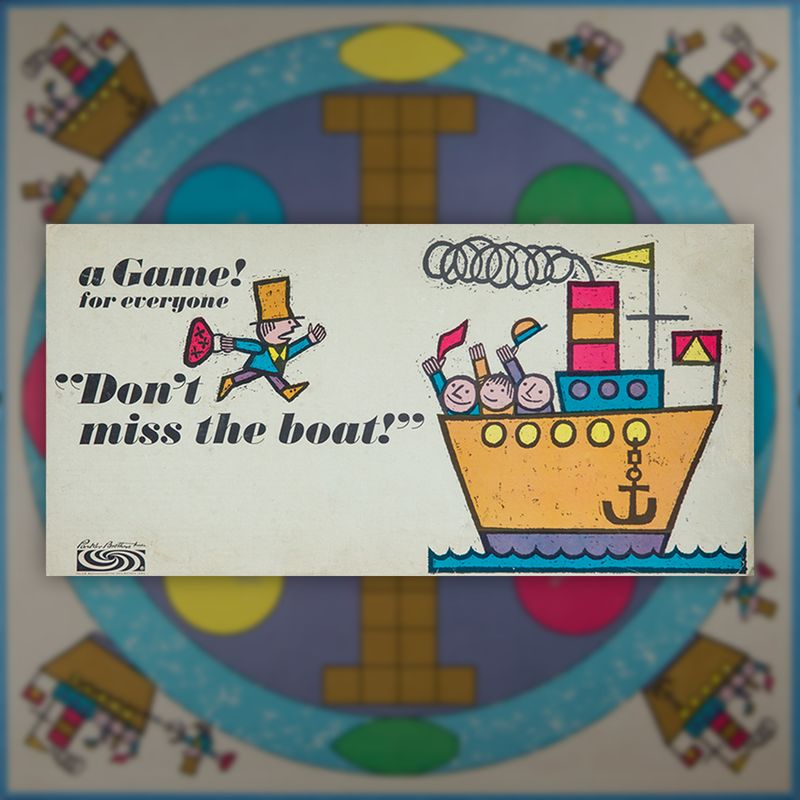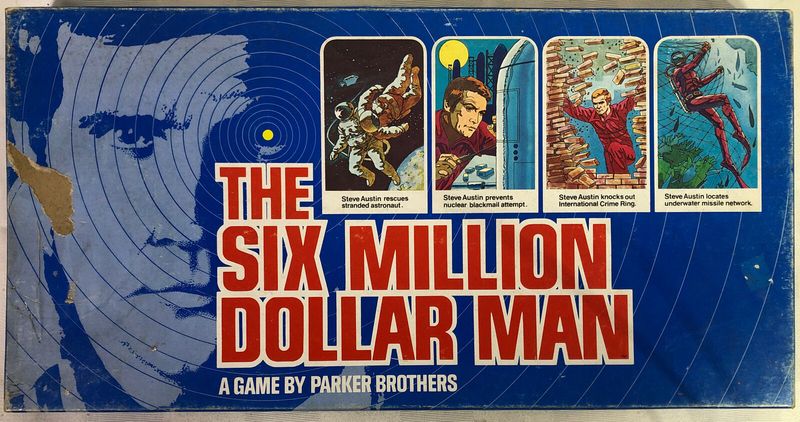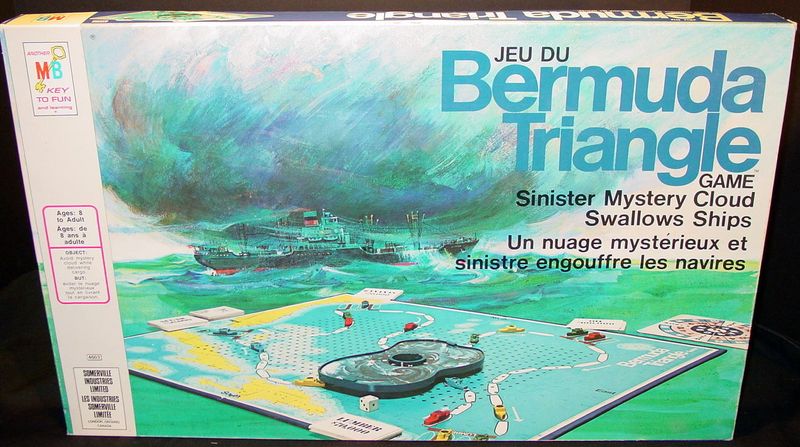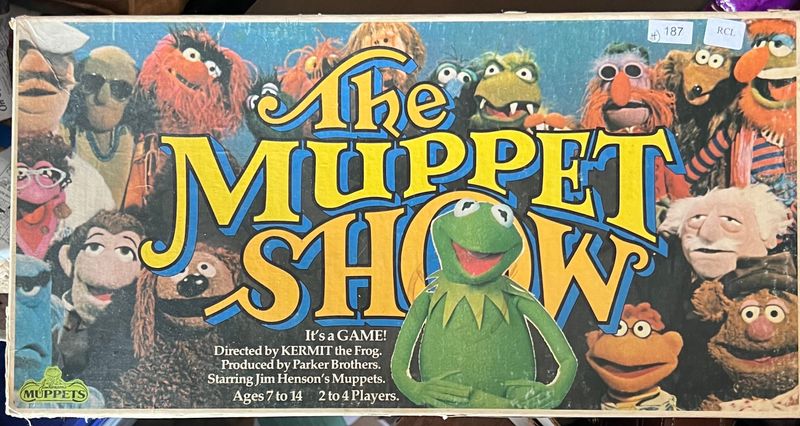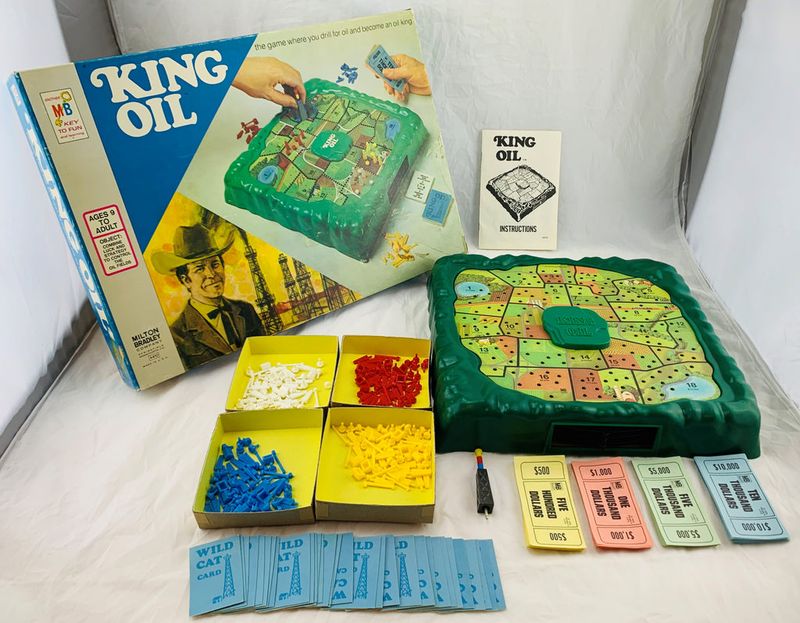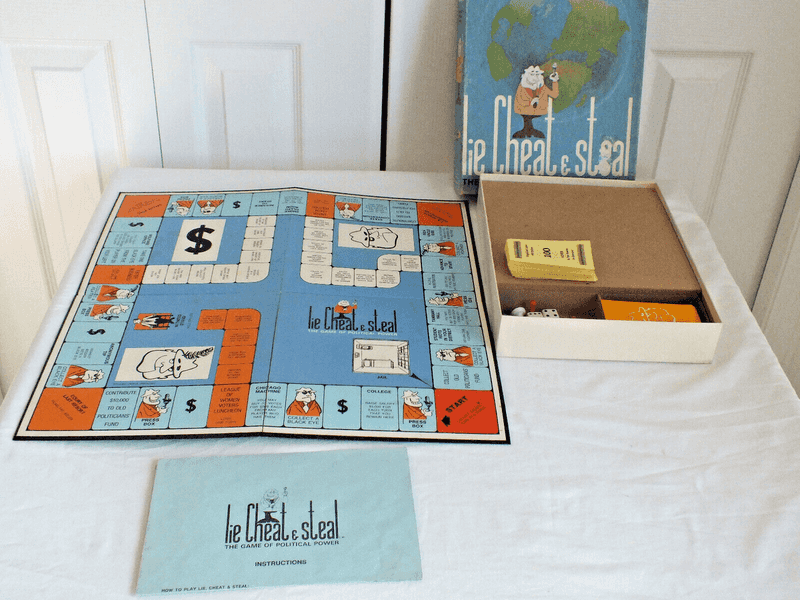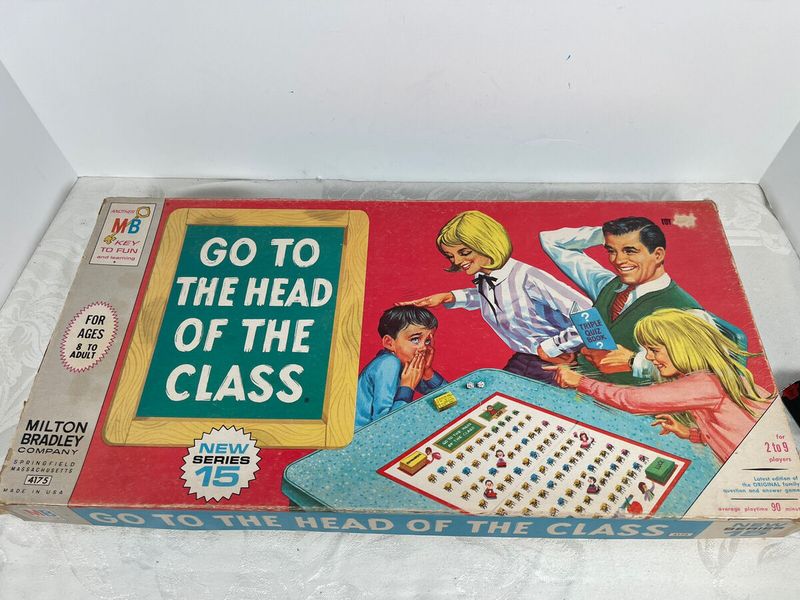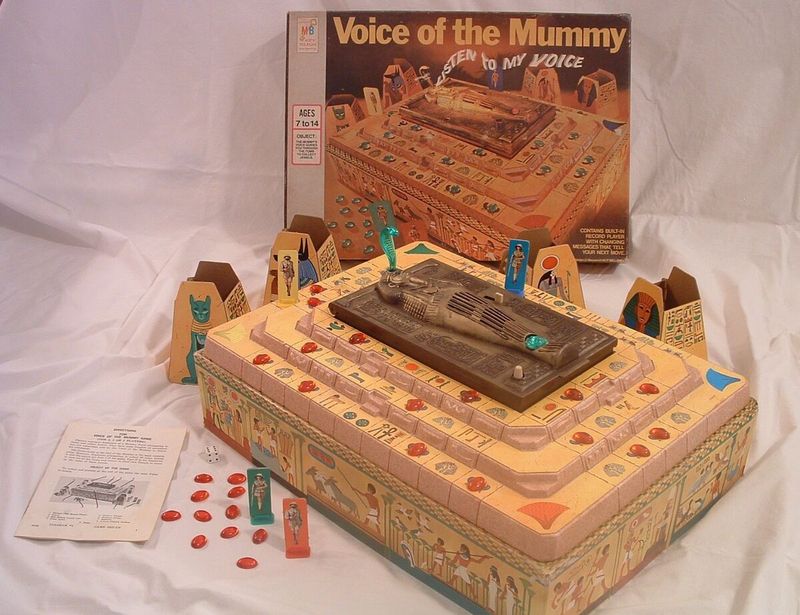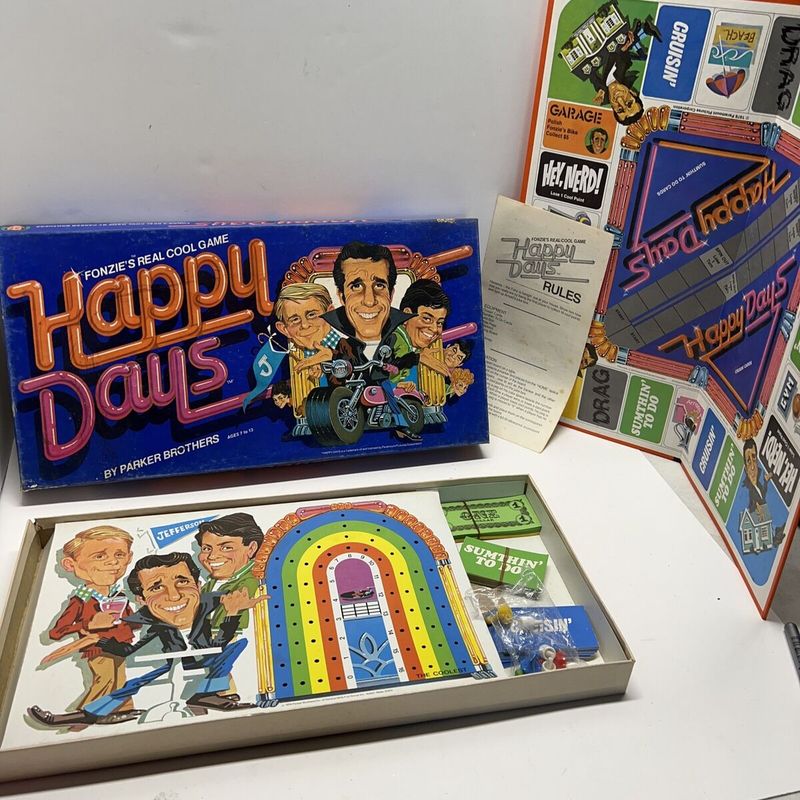15 Strangest Popular Board Games from the ’70s That No One Remembers
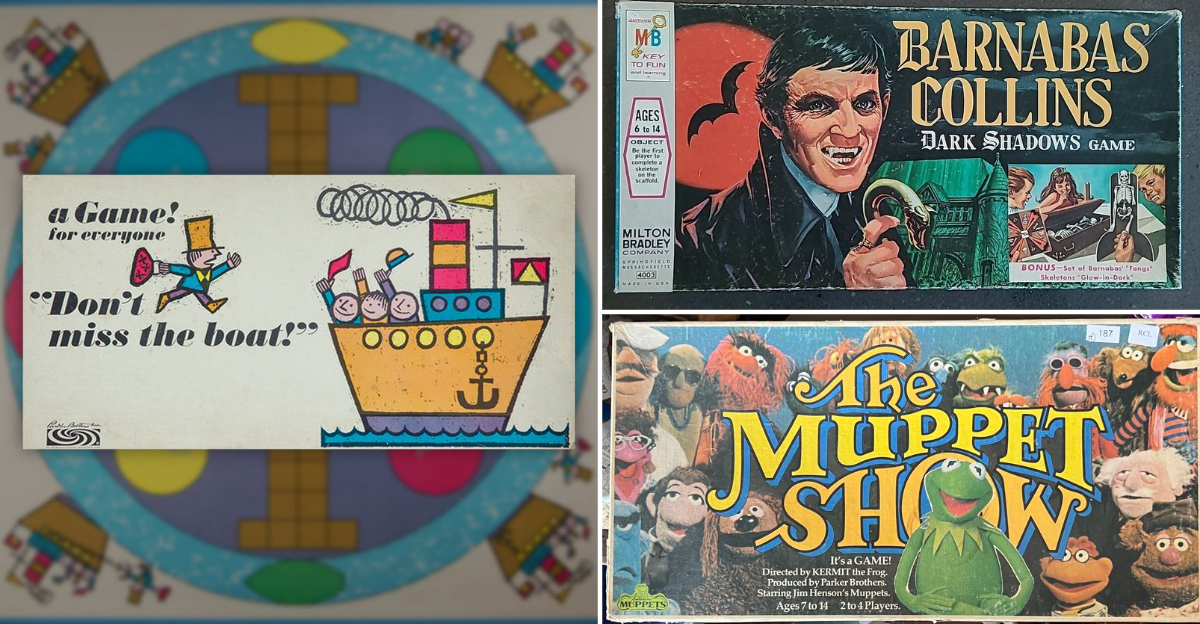
Dust off your lava lamp and crank up the disco tunes, because we’re taking a groovy trip back to the 1970s—an era when bell bottoms flared, roller rinks ruled, and board games got downright weird.
While families gathered around shag-carpeted living rooms for game night, they often found themselves unboxing some of the most bizarre, head-scratching board games ever created.
Think haunted house mysteries that made no sense, games that required actual physical stunts (good luck, Grandma!), and themes so absurd you’d swear they were invented on a dare. From strategizing your way through “The Sinking of the Titanic” (yep, that was a thing) to maneuvering around questionable pop-culture cash-ins, these 15 oddities promised fun, confusion, and more than a few confusing moments.
Some were hits, others flopped, and a few became cult classics—but all of them prove that the ’70s weren’t just funky… they were fantastically weird!
1. The Sinking of the Titanic (1975)
The Sinking of the Titanic (1975) was a board game where players escaped the infamous ship’s demise and then competed to amass wealth from survivors in lifeboats.
Turning one of history’s most tragic events into a competitive family pastime was certainly an eyebrow-raiser.
Players would navigate the icy waters, hoping to collect as much “money” as possible, all while avoiding the lurking icebergs. The game was less about survival instincts and more about who could capitalize on disaster the best—strangely entertaining, albeit awkward.
2. Stay Alive (1971)
Stay Alive (1971) was a survival game where players strategically dropped marbles into a grid, hoping they wouldn’t fall through hidden trapdoors.
Essentially, it was The Hunger Games but with marbles, and the dramatic title sounded like a public safety announcement.
The tension would build as players pulled levers to open trapdoors, causing marbles to plummet from sight. This high-stakes game of chance and strategy kept players on edge, with victory often hanging by a marble’s balance.
3. Which Witch? (1970)
Which Witch? (1970) was a spooky board game set in a haunted house where players dodged traps, spells, and a ghostly “Whammy Ball.”
Designed as a kid-friendly horror experience, it was equal parts thrilling and terrifying.
Players moved through eerie rooms, encountering mischievous witches and springing traps that sent them reeling. The whimsical yet eerie atmosphere made it a roller-coaster of emotions, perfect for little thrill-seekers.
4. Barnabas Collins Dark Shadows Game (1970)
The Barnabas Collins Dark Shadows Game (1970) brought the gothic soap opera Dark Shadows to life on the table, allowing kids to dabble in the world of vampires and supernatural intrigues.
Marketed to children, despite its eerie themes, it was a curious choice.
Players engaged in vampire-themed quests, navigating mysterious plots and avoiding supernatural dangers. This game offered a unique blend of drama and strategy, captivating young fans of the show.
5. Disaster! (1978)
Disaster! (1978) turned natural catastrophes into a thrilling board game.
Players tried to survive tornadoes, earthquakes, and floods while accumulating wealth. The ’70s must have thought mixing disasters with capitalism was a winning formula.
Navigating this game meant balancing survival instincts with financial strategy, a bizarre yet oddly engaging combination. The chaotic spins and twists mirrored the unpredictability of life, albeit on a much smaller scale.
6. Electronic Detective (1979)
Electronic Detective (1979) was a crime-solving game where an electronic device analyzed suspects and alibis, bringing a robotic Sherlock Holmes to life.
The “computer” beeped cryptic clues, making players feel like detectives deciphering a mystery.
Players pieced together evidence, using deduction and logic to crack the case wide open. The futuristic tech aspect added a modern twist, intriguing those eager to outsmart the machine and their fellow sleuths.
7. Don’t Miss the Boat! (1975)
Don’t Miss the Boat! (1975) captured the essence of travel anxiety in a board game format.
Players raced to load their luggage onto a ship before it sailed, essentially turning travel panic into playful chaos.
This game brought the stress of missing transportation to the comfort of one’s living room, blending humor with a dash of adrenaline. It was a reminder that sometimes, the journey is the real adventure.
8. The Six Million Dollar Man Game (1975)
The Six Million Dollar Man Game (1975) allowed players to rebuild their own bionic Steve Austin using special playing cards.
Inspired by the hit TV show, it was more of a Frankenstein simulator than an action-packed adventure.
Players reconstructed the hero part by part, testing their skills in a world of high-tech espionage and bionic feats. The game stirred imaginations, albeit in a slightly eerie way.
9. The Bermuda Triangle (1976)
The Bermuda Triangle (1976) brought the enigmatic vortex into the living room, where ships would mysteriously vanish on the board.
Based on an unsolved supernatural phenomenon, it fascinated children.
Players navigated their ships through treacherous waters, hoping to avoid the swirling doom. It was the perfect mix of mystery and adventure, adding a touch of supernatural intrigue to game nights.
10. The Muppet Show Game (1977)
The Muppet Show Game (1977) invited players to compete in putting on the best Muppet performance using a dice-rolling system.
It was a curious mix of creativity and chance.
Instead of focusing on antics, the game required players to roll numbers, transforming Muppet fun into a choreographed math lesson. Despite its lackluster mechanics, it remains a nostalgic piece of Muppet fandom.
11. King Oil (1974)
King Oil (1974) put players in the shoes of oil barons, drilling for oil and controlling the market.
It was Monopoly with an exclusive focus on oil, emphasizing the era’s fascination with fossil fuels.
Players maneuvered through a world of strategy and risk, where fortunes could change with a turn of the drill. This game offered a glimpse into the business world, wrapped in a playful package.
12. Lie, Cheat & Steal (1971)
Lie, Cheat & Steal (1971) encouraged players to become the most corrupt individuals possible by lying, bribing, and breaking rules. It was like Wall Street’s version of childhood fun.
Players navigated a world of deception, testing their moral compasses in a playful setting.
This game may have raised eyebrows but offered a humorous take on the darker side of human nature.
13. Go to the Head of the Class (1971)
Go to the Head of the Class (1971) was a quiz game where players answered academic questions to advance toward “graduation.” It was like doing homework for fun.
Players tested their knowledge across subjects, striving to outsmart each other in this educational showdown.
The game turned learning into a competitive adventure, perfect for those who loved a good intellectual challenge.
14. Voice of the Mummy (1971)
Voice of the Mummy (1971) featured a creepy talking mummy head that dictated moves as players searched for treasure in an Egyptian tomb.
The mummy’s voice sounded like a possessed demon, adding to the spooky fun.
Players navigated the tomb, deciphering cryptic commands and unearthing treasures. This game combined exploration with a creepy twist, a thrilling experience for adventurous kids.
15. The Happy Days Game (1976)
The Happy Days Game (1976) brought the beloved sitcom to the table, where players tried to be as cool as The Fonz. Winning at coolness was as hilarious as one might imagine.
Players navigated through life in the 1950s, trying to impress peers and outshine rivals.
Though the game was as awkward as failing a greaser audition, it captured the era’s spirit with a playful twist.

